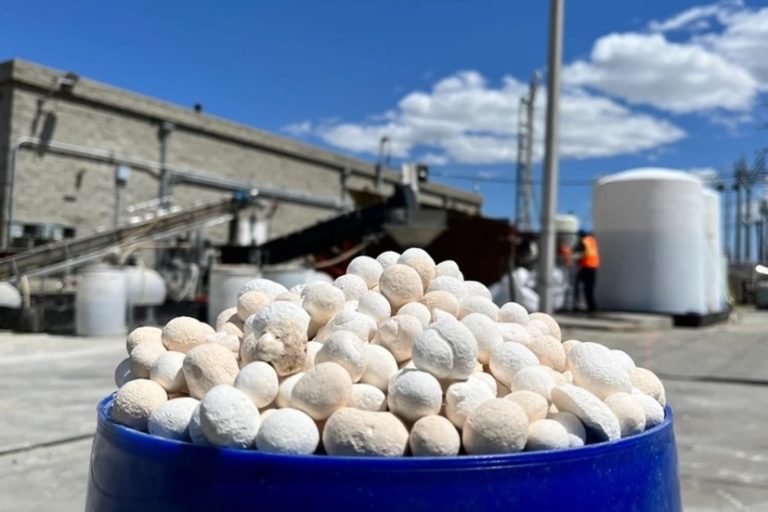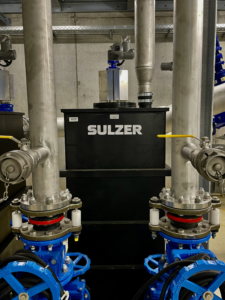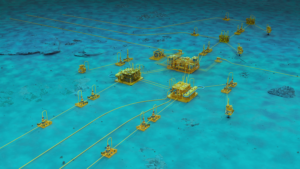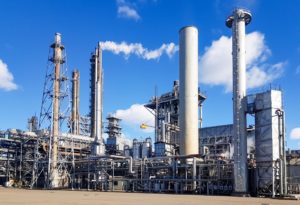Sulzer and Blue Planet Deepen Collaboration

Sulzer und Blue Planet vertiefen ihre Zusammenarbeit, um die Dekarbonisierung von Beton und des Bausektors voranzutreiben. (Bildquelle: Sulzer Ltd.)
The new strategic agreement builds on Sulzer Chemtech’s and Blue Planet’s technical collaboration, launched in 2021, and includes investment from Sulzer in Blue Planet’s latest funding round. Sulzer Chemtech’s innovative separation technology is critical for the development of an efficient and effective carbon capture unit to enable Blue Planet’s geomimetic process for carbon capture, utilization, and storage (CCUS).
Produce carbon negative concrete
Blue Planet’s technology combines captured CO2 with industrial waste to obtain synthetic limestone aggregate – one of the three key ingredients of concrete, along with cement and water. Blue Planet’s technology permanently locks up to 440 kg of carbon dioxide (CO2) in every tonne of aggregate produced. As a result, it is possible to completely offset the CO2 footprint of cement and produce carbon negative concrete.
Dr. Brent Constantz, Blue Planet’s Founder and CEO, comments: “Sulzer Chemtech has been a solid partner in our joint development, working both in their R&D facility in Winterthur, Switzerland, and at our Global Innovation Center, located at our San Francisco Bay Aggregates plant, where we have been operating a Sulzer Chemtech packed column successfully for several months. Many plants that are in the pipeline globally will benefit from the partnership.”
Accelerate the transition to net-zero emissions
Dr. Suzanne Thoma, Executive President at Sulzer, concludes: “Sulzer’s technology is helping to solve some of the most pressing challenges society faces today. With our portfolio of leading solutions, we are driving sustainable practices across industries. Our collaboration with Blue Planet is a great testimony of that – with concrete currently responsible for 7% of global emissions, this innovative process represents an important step in accelerating the transition to net zero.”
Source: Sulzer Ltd.






